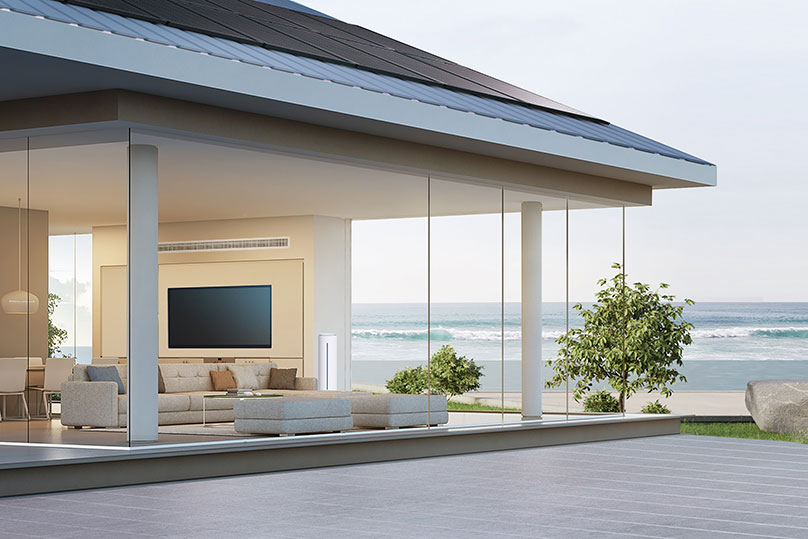
A comprehensive assessment of six solar panel systems installed in Switzerland over thirty years ago demonstrates that they still function effectively, with the caliber of materials utilized proving to be a key element influencing their durability. Generally, solar panel manufacturers provide warranties for their products ranging from 25 to 30 years, bolstered by accelerated aging assessments in controlled environments. Nonetheless, these evaluations offer a limited perspective on the actual lifespan of the panels under everyday conditions.
A multitude of investigations has explored how factors such as temperature, climate, and mounting angles can affect the longevity of solar panels in operation. However, only a handful have examined panels in harsh climates or have methodically compared units from various manufacturers. A research team from Switzerland, Austria, and Germany has now investigated the long-term efficacy of six photovoltaic systems installed in Switzerland from 1987 to 1993. These systems were deployed in various settings, including residential properties at low altitudes, solar farms, and commercial edifices in mountainous areas, each subject to unique climatic conditions and mounting angles.
The performance of the panels declined at an average rate of 0.24% per year, which is roughly three times slower than the values indicated in existing literature for similar systems. Regarding reference studies, it was found that the majority of the tested panels maintained over 80% of their initial power output. Lead researcher Ebrar Özkalay from the University of Applied Science and Arts of Southern Switzerland noted that this information illustrates that photovoltaics may endure longer than anticipated, conveying an important message to the photovoltaic sector.
The research indicated that climate and altitude significantly affect panel lifespan, with those at lower altitudes experiencing a faster reduction in performance due to higher surface temperatures, reaching up to 80°C. Spectroscopic evaluations of the panel materials revealed that the degradation of encapsulants and adhesives occurred more quickly at lower altitudes, resulting in localized corrosion and reduced electrical conductivity. Furthermore, older panels that lacked UV stabilizers exhibited more rapid decline.
Felipe Angel from the Research Centre for Nanotechnology and Advanced Materials in Chile, who specializes in the chemical synthesis, manufacturing, and characterization of optoelectronic devices, suggests that these results might inspire researchers to fine-tune accelerated stress tests in laboratory environments, particularly for novel technologies with lower stability.
Contemporary photovoltaic systems frequently focus on achieving higher efficiencies and lowering costs, employing thinner and inferior materials. Nevertheless, the research group emphasizes that this strategy may jeopardize long-term reliability. Dirk Jordan, a photovoltaics specialist at the National Renewable Energy Laboratory in the US, notes that the components used in the panels significantly affect performance, even when produced by the same manufacturer. Drawing lessons from the longevity of older panels could inform the creation of future systems that aspire to similar lifespans, thereby improving their sustainability and effectiveness.